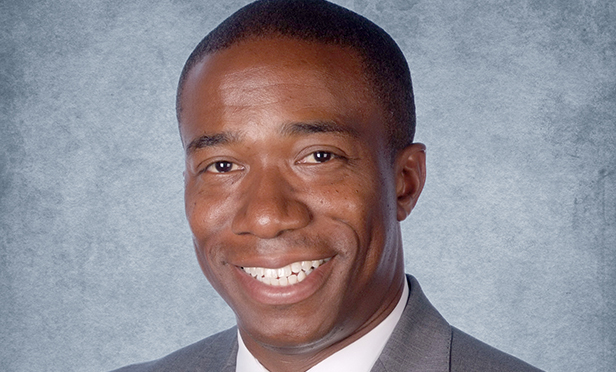 Daniels: “While the development community has ramped up, multifamily demand will continue to fuel the undersupply for the next 24 to 36 months.”
Daniels: “While the development community has ramped up, multifamily demand will continue to fuel the undersupply for the next 24 to 36 months.”
NEW YORK CITY–Probably the oddest thing about this unprecedented economic expansion is that it still shows no sign of running out of gas. Any 2019 hiccup is predicted to be short and shallow, a fact that supports both demand and the bullish appetite for investment. With that demand fueled by millennials and empty nesters alike, and less appealing choices in the other food groups, much attention these days is focused on multifamily.
So says Jeffery Daniels, SVP and national director of Institutional Property Advisors' multifamily and student housing platform. In fact, so strong is the appetite among investors and renters that developers are struggling to keep pace. “Most surprising about the market right now is the shortage of housing,” Daniels says. “We are undersupplied by 1.7 million units in the period from 2008 to 2018.”
There are, of course, a few reasons for that disconnect between demand and starts. The entitlement process and rising development costs have certainly created downward pressure on construction. “Plus,” says Daniels, there's been a labor shortage. “A lot of contractors are finding it difficult to find skilled labor.
“While the development community has ramped up,” he continues, “there are a lot of demand drivers as well that will fuel that undersupply for the next 24 to 36 months, such as millennials and active seniors entering the rental market and a taste of both cohorts–young and old–for walkable living. So even those who might want to move to the suburbs are looking for transit-oriented developments that replicate city life.”
Turning to the demographic picture, IPA points out that millennials are pushing marriage age ever closer to 30 years (29.5 for men; 27.4 for women), a fact that further underpins multifamily growth. In fact, the majority of renters today, according to IPA, are single women.
No wonder investors are flocking to the segment. As IPA reports, since 2005, there has been a 56 percent jump in investment volume. “The appetite for multiple strategies is extremely robust,” says Daniels. This year has seen “a huge wall of capital being thrown at multifamily.”
A major contributor to that activity, beyond the sector's inherent strength, is the performance of other sectors. “Demand and production in retail and office has gone down over the past three to five years,” he says, “so there are fewer options for capital.”
The opportunity zone credits that were part of last year's tax reform will help goose the market even more, he says, and activity seems to be “across the spectrum, from class A to value-add and class C.” Blackstone's recent $172-million play into manufactured housing sheds additional light on that specific niche within the multifamily sector.
Straight across the board, then, the outlook for multifamily, according to Daniels, is “bullish. Absolutely.”
© 2025 ALM Global, LLC, All Rights Reserved. Request academic re-use from www.copyright.com. All other uses, submit a request to [email protected]. For more information visit Asset & Logo Licensing.








